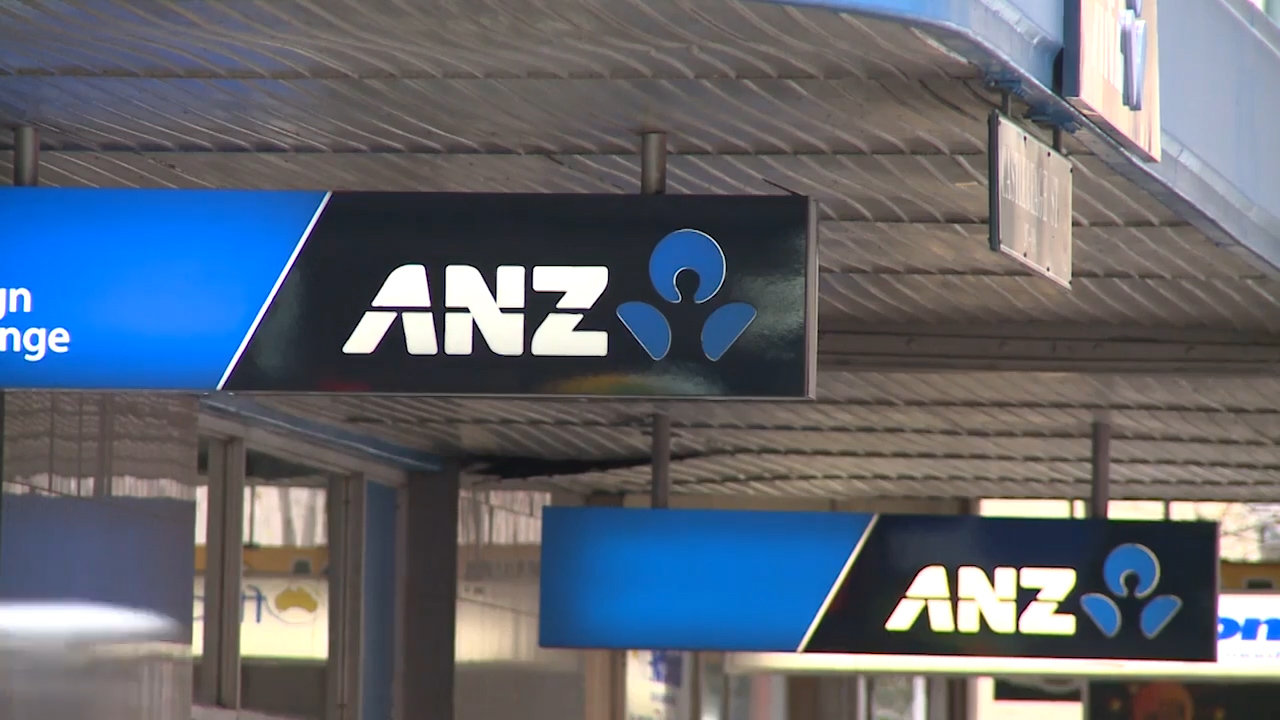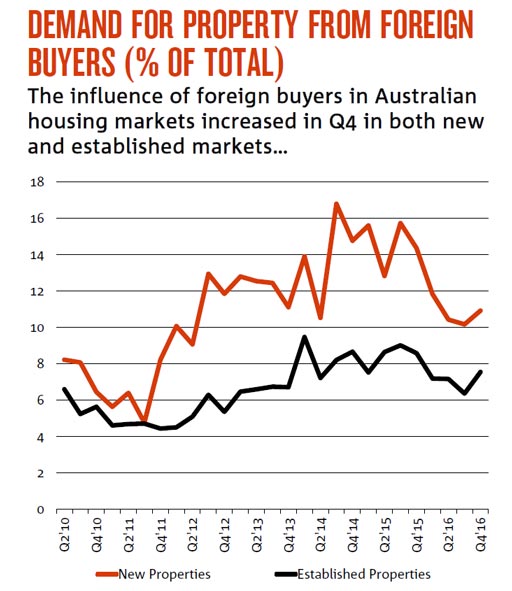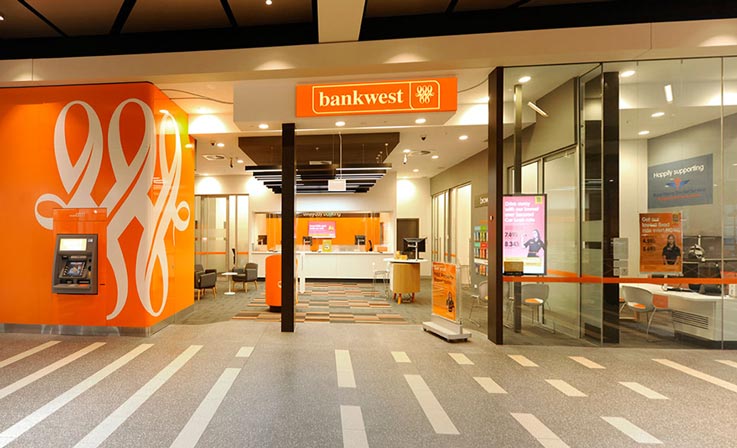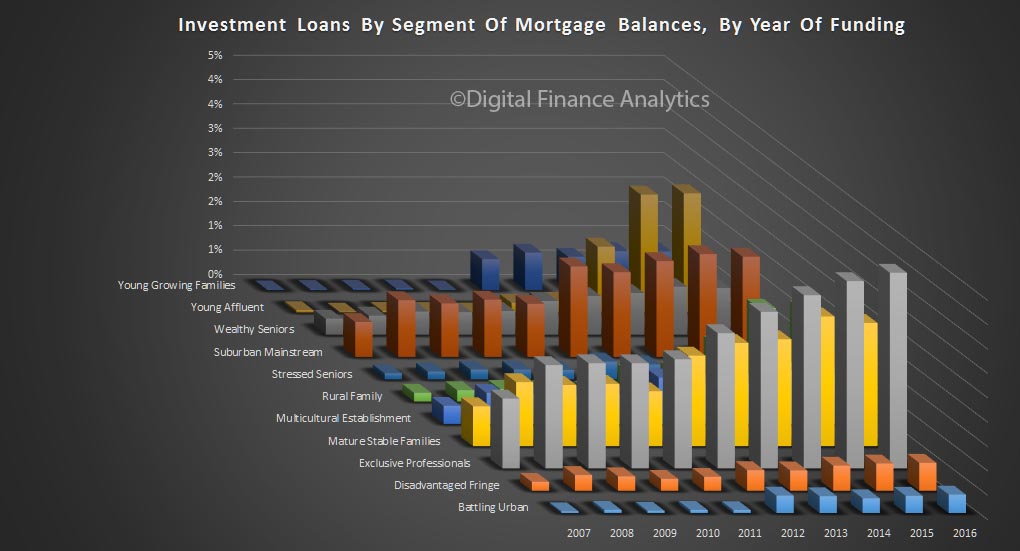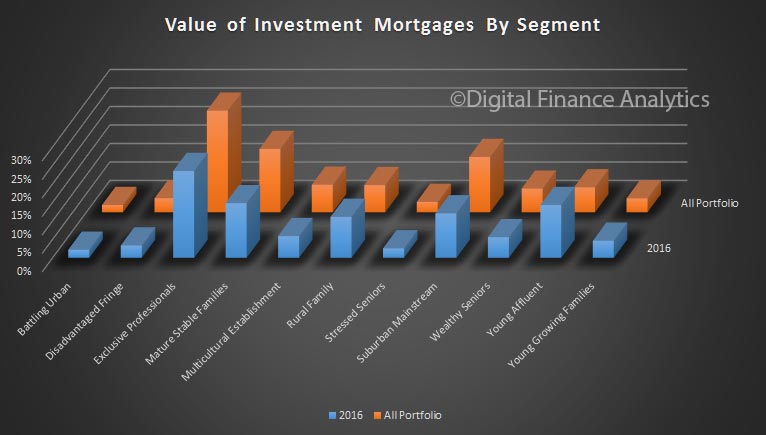ANZ CEO Shayne Elliott has explained how the group “looked hard” at launching tracker mortgages before it realised they would not be popular among borrowers.
In his opening statement to the House of Representatives economics standing committee in Canberra yesterday, Mr Elliott explained that the bank had taken action on a number of issues since it last met with the committee, including lowering credit card rates and potentially introducing rate ‘tracker’ mortgages.
“We looked hard at launching tracker mortgages, but our research showed that only 10 per cent of variable rate customers today would think about switching to a tracker. In part, that reflects price; we cannot fund that bank with tracker deposits, and this risk needs to be priced for,” he said.
“Launching trackers would therefore be commercially unattractive in our view and make us even more complex. That said, we will continue to assess demand.”
The committee tabled its first report of the major banks in November, where it labelled the big four an “oligopoly” and highlighted the “surprising” lack of regulation that has allowed the majors to harness significant pricing power in the residential mortgage market.
The report noted that the majors increased their oligopolistic powers after the GFC when they purchased a number of their smaller competitors.
The committee recommends that the ACCC, or the proposed Australian Council for Competition Policy, establish a small team to make recommendations to the treasurer every six months to improve competition in the banking sector.
Mr Elliott said ANZ is happy with this recommendation. However, in his opening statement he did stress that Australia’s banking industry is already “highly competitive”.
“We believe the market is already highly competitive and serving customers well. For example, small banks are growing their share of the market faster than large banks,” he said.
“Banking is a low margin business because of competition, and that is good for customers. For example, competitive discounts on mortgages mean we make only 67 cents for every $100 that we lend.”

